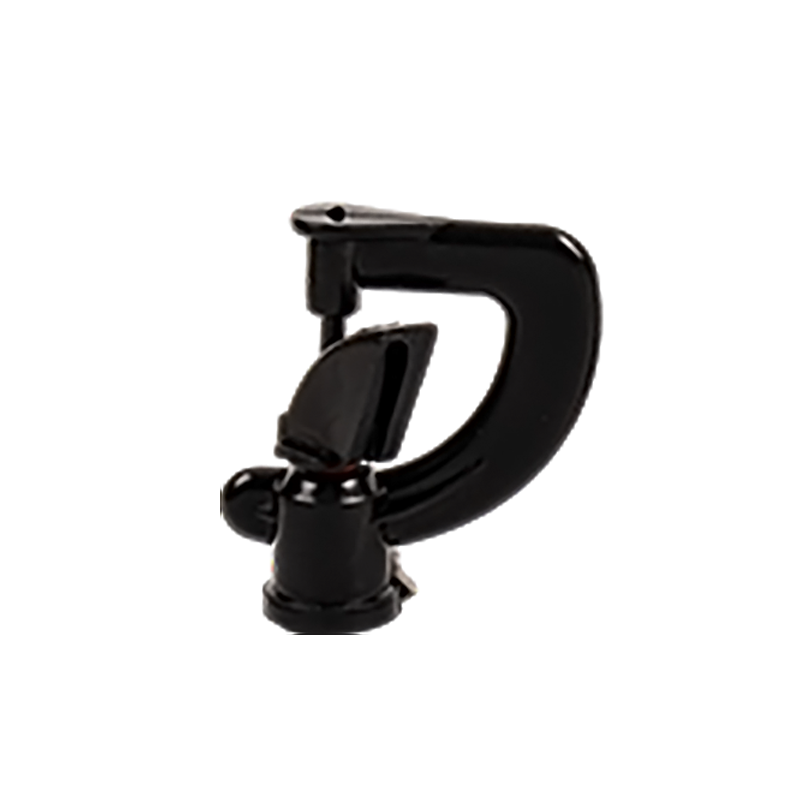 By Admin
By Admin Determining the spacing between micro sprinklers for effective water distribution in a garden involves considering several factors. Here's a step-by-step guide:
Know Your Plants: Conduct a comprehensive assessment of the plant species inhabiting your garden. Consider not only the diversity but also the specific water needs of each species. For instance, while succulents thrive in arid conditions with infrequent watering, leafy greens may require more frequent and consistent moisture. Take into account factors such as plant size, growth stage, root depth, and seasonal variations in water requirements.
Calculate Precipitation Rate: The precipitation rate of a micro sprinkler is influenced by multiple variables, including nozzle type, size, distribution pattern, operating pressure, and flow rate. To accurately calculate the precipitation rate, conduct field tests using catch cans or rain gauges positioned at regular intervals within the sprinkler coverage area. Measure the amount of water collected over a specified time period and calculate the average precipitation rate in inches per hour (or millimeters per hour). Repeat the test across multiple zones to account for variations in sprinkler performance.
Consider Soil Type and Absorption Rate: Soil characteristics significantly impact water infiltration and distribution within the root zone. Sandy soils, characterized by larger particles and low water retention capacity, allow water to percolate rapidly but may require more frequent irrigation to prevent dehydration. In contrast, clay soils, with smaller particles and higher water-holding capacity, absorb water more slowly but retain moisture for longer periods. Conduct soil texture analysis and infiltration tests to assess soil composition, structure, porosity, and permeability. Determine the soil's water infiltration rate (inches per hour) and adjust sprinkler spacing accordingly to match the soil's water-holding capacity and prevent runoff or waterlogging.
Check Water Pressure and Flow Rate: Water pressure and flow rate are critical factors influencing the performance and efficiency of micro sprinkler systems. Inadequate pressure or flow can result in insufficient coverage, reduced distribution uniformity, and compromised water penetration into the root zone. Measure the static and dynamic water pressure at various points along the irrigation pipeline using pressure gauges or pressure transducers. Calculate the flow rate (gallons per minute or liters per second) by measuring the volume of water discharged from a designated outlet over a specified time interval. Verify that the measured pressure and flow rates meet the manufacturer's recommendations for optimal sprinkler operation and adjust system parameters as needed to ensure consistent and adequate water delivery.
Calculate Coverage Area: Determine the effective coverage area of each micro sprinkler based on its application rate, distribution pattern, trajectory angle, and precipitation uniformity. Conduct a hydraulic analysis or use irrigation design software to simulate water distribution patterns and estimate the wetting radius or diameter for different sprinkler configurations. Account for factors such as wind drift, evaporation losses, and terrain variations when calculating the coverage area. Ensure sufficient overlap between adjacent sprinklers to compensate for variations in water distribution and achieve uniform soil moisture distribution across the irrigated area.
YR9801 g type micro rotating nozzle watering sprinkler
